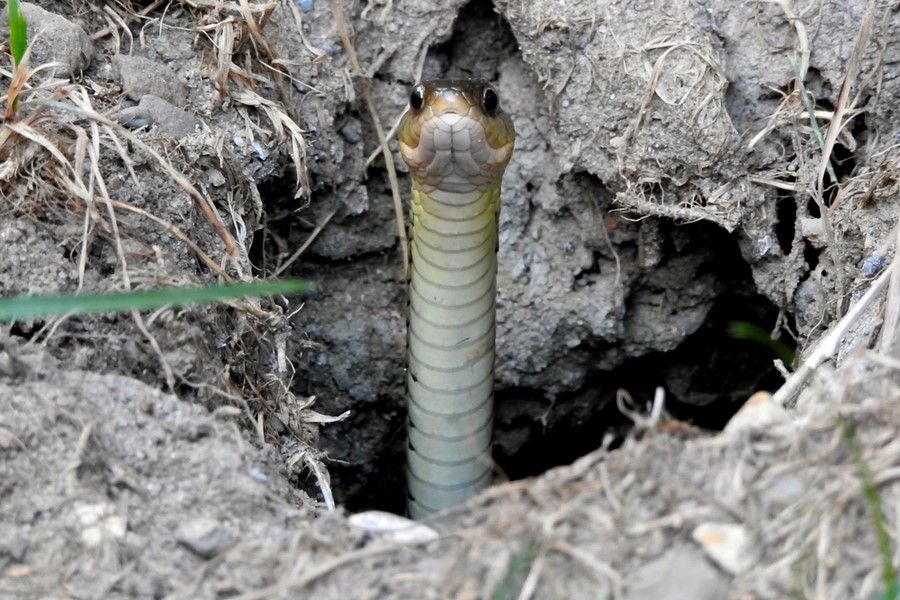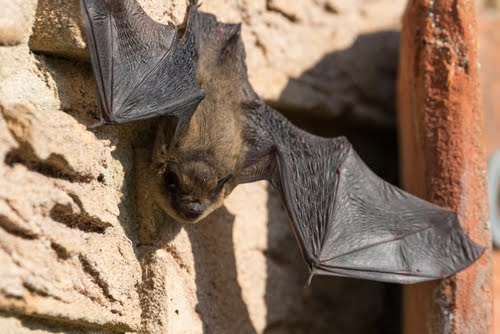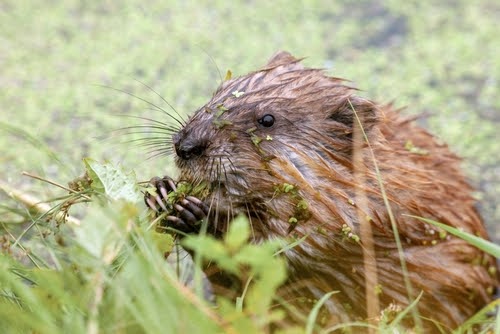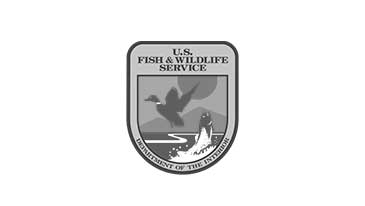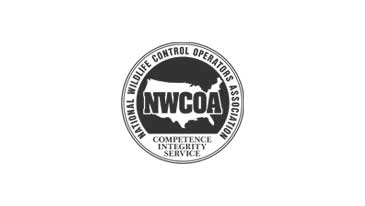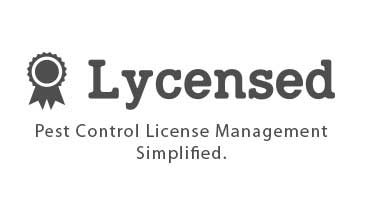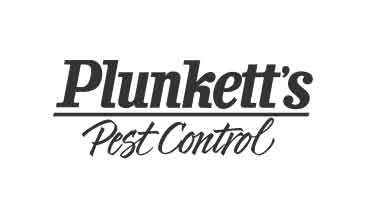The idea of a snake slithering through your yard is enough to make anyone uneasy. If you’d rather not run into one unexpectedly, it helps to know the signs that snakes may be lurking nearby. One of the most common indicators? Mysterious holes in your yard. Let’s take a closer look at what they might mean.
Small Holes in Backyard: Do Snakes “Dig” Holes?
“Snake holes” are a common signal that you’ve got something scaly in your space. However, rather than performing their own excavation, snakes occupy burrows that were once home to smaller rodents, like chipmunks and prairie dogs.
The best (and safest) way to determine if a hole on your property is occupied by a snake or another type of animal is by scheduling a professional wildlife inspection. Never reach your hand inside a hole in your yard.
What Does a Snake Hole Look Like?
Because “snake holes” are most likely the holes that are caused by moles and other critters, they are circular in shape and vary in size. Snake tunnels (or burrows) are commonly found embedded in the grass:
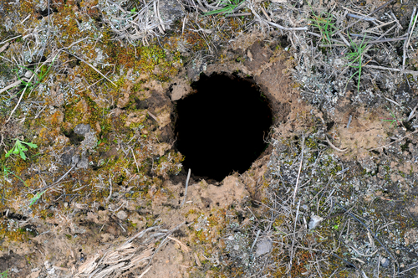
(Photo of snake hole in yard)
Beyond the Yard: Where Else Can You Find Snake Holes?
Once snakes have made themselves comfortable in your yard, they are more likely to sneak into your home. Snakes can be located in trees or within larger concrete cracks. It’s not uncommon to find snake holes around the foundation of your property.
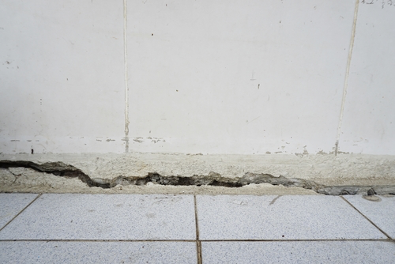
(Crack in foundation where a snake could easily sneak through)
I Have Snake Holes in My Backyard: What Types of Snakes Am I Dealing With?
The kind of snake you’re most likely dealing with depends on what area of the country you live in. However, the most common types of snakes we deal with in the Varment Guard service area include:
The Most Common Snakes in Our Service Area: Garter Snakes & Northern Water Snakes
These are among the most prevalent, non-venomous snakes found in North America backyards.

(Garter snake in Louisiana meadow)
Garter snakes are anywhere from 18 to 21 inches long and come in various colors and patterns, ranging from checkered turquoise to striped yellow, black, and brown. They are typically found in meadows, woodlands, hillsides, and marshes.
Garter snakes are often viewed as a benefit to a homeowner’s garden as they act as “natural pest control” by eating pesky insects. Garter snakes are not harmful to humans, however, some may carry a mild neurotoxic venom.
Northern Water Snakes
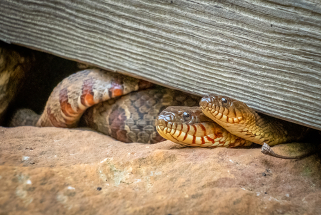
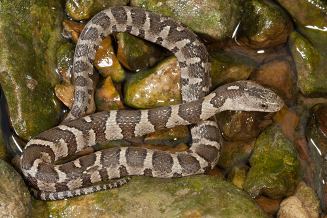
(Northern water snakes in Michigan)
Northern water snakes can be anywhere between 24 and 42 inches long. Generally, they have a brown and black spotted body and may be near areas with water (although this isn’t always the case).
Northern water snakes commonly travel away from water to search for hibernation spots, making your garden or backyard the perfect place to settle down. Northern water snakes aren’t venomous, yet they are not afraid to bite if they feel threatened.
It is crucial that you don’t confuse the non-venomous Northern water snake with the poisonous Water Moccasin (the Cottonmouth). Both snakes look similar, but the Northern water snake is smaller and slenderer than the much larger water moccasin.
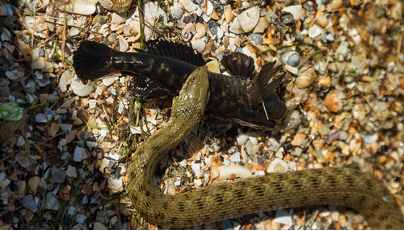
(The poisonous Water Moccasin snake in Florida)
Redbelly Snake
These are Minnesota’s smallest snakes. Redbelly snakes grow to be 8 to 10 inches and are brown or gray with a bright red belly.
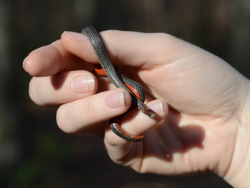
(Redbelly snake in Minnesota
Rat Snakes
The black rat snake is Ohio’s largest snake species. These 6-foot long creatures are harmless, although they can be startling as they have a propensity for climbing trees. They have shiny black scales on their back and a lightly colored belly.
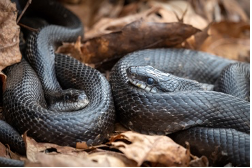
(Pair of rat snakes in Ohio)
Common Kingsnake
These are black and white striped snakes commonly found in the eastern part of West Virginia. These snakes are harmless and can be anywhere from 2 to 6 feet in length.
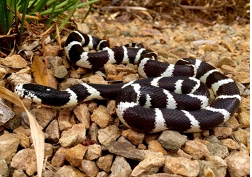
(Common Kingsnake in West Virginia)
How Can I Identify a Snake Hole in My Yard? And How Do I Know if a Snake Hole is Vacant?
.png?r=zez/1eqH+1g=)
There are a few different ways to see if a snake hole is vacant, including: There are a few different ways to see if a snake hole is vacant, including:
1. Freshly Shed Snakeskin
This is a prime sign that there’s a snake living in the hole.
2. Fresh Snake Poop
Snake feces are tubular with a dark coloring and white, chalky urine streaks covering some areas. There may be bones and fur within the feces as well.
3. Spiderwebs or Debris
Check to see if there are spiderwebs or debris around the hole. If so, then the hole is most likely empty. If not, there may be a snake nearby. This is the best way to identify if a snake hole is empty.
4. You See a Snake
This may seem obvious, but the most reliable way to confirm a snake’s presence is to actually see it on your property. Without visual confirmation, it can be tricky to determine which pest is calling your yard home.
If you're hoping to spot the snake yourself, be prepared to play the waiting game. Snakes are naturally cautious and unlikely to emerge just for bait or a trap. Patience is essential.
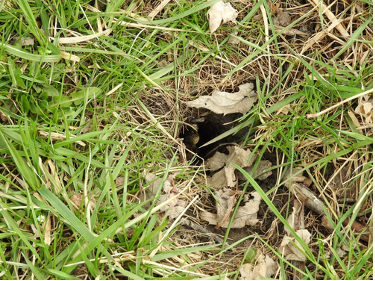
(Snake hole in grass)
How Do I Cover a Snake Hole in My Yard?
Snake holes in the grass can be filled in with dirt. However, covering the snake holes with wiring, netting, or burlap is more effective as it will prevent the snakes from returning to nest under a structure near your home, like a porch.
If you feel uneasy covering snake holes yourself or can’t seem to get a handle on your snake problem, Varment Guard is here to help. Our expert snake removal technicians can quickly get rid of snakes all while preventing them from coming back!
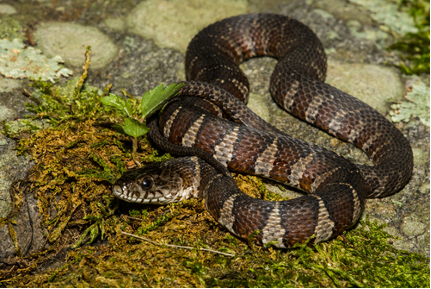
(Northern Water Snake)
Noticing Small Holes in Your Yard? Keep Snakes Away With Expert Wildlife Pest Control!
If you have snake holes in your yard or slithering serpents sneaking their way into your home, it’s time to get help from the professionals. The experts at Varment Guard can cover snake holes, remove snakes from your property, and prevent future snake infestations. Ready to get started? Contact Varment Guard today!

